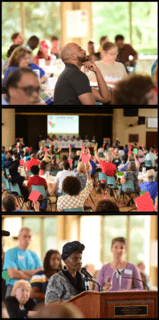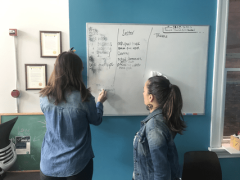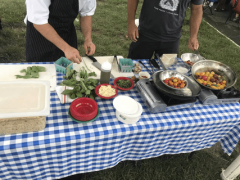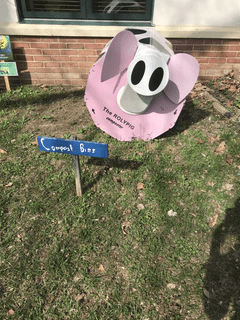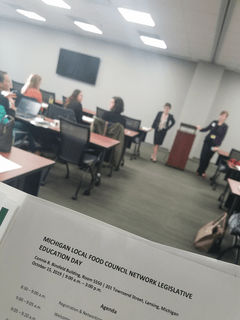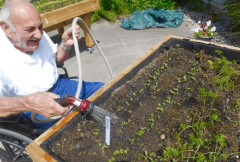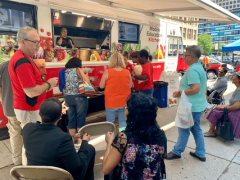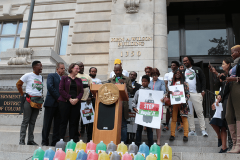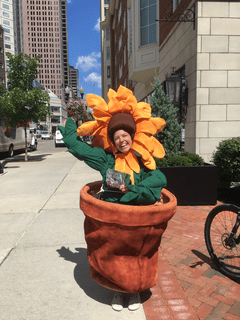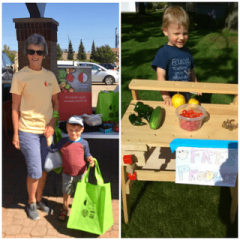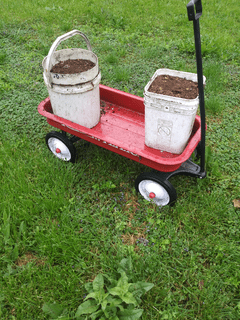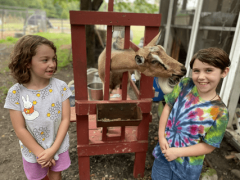The community ‚ Eat a Rainbow, garden in Ludington, Michigan engages youth ages 4-7 years old in gardening activities throughout the summer. LiveWell Mason County Food Council has supported this effort for two years, engaging in a collaboration between the Lakeshore Food Club and MSU Extension. As a sustainable community effort, additional garden beds were added this year, and students were able to donate produce to the food pantry twice. This is an exciting programming effort because children help plant, tend, and harvest this garden. They learned where food comes from and what creates a healthy plate. Even as young children, they begin to realize that they have a food voice that can impact not only their family but the community where they live. Often, there were surprises waiting in the garden. American historian, Alice Morse Earle said, Half the interest of a garden is the constant exercise of the imagination. When tomatoes and zucchini are growing out of control, and they seem to double in size overnight, children use their imaginations to consider other possible uses for these amazing garden creations. Together, we giggled in excitement, admired our harvest, and one student piped up, Baseball anyone?
Image credit: Kendra Gibson; CLF Food Policy Networks Photo Contest, 2019.
By downloading this image, you agree to use the photo within the context that it was taken. You also agree to never use it for commercial purposes. The image always belongs to the original photographer and should be attributed to the photographer and Center for a Livable Future Food Policy Networks Photo Contest.


